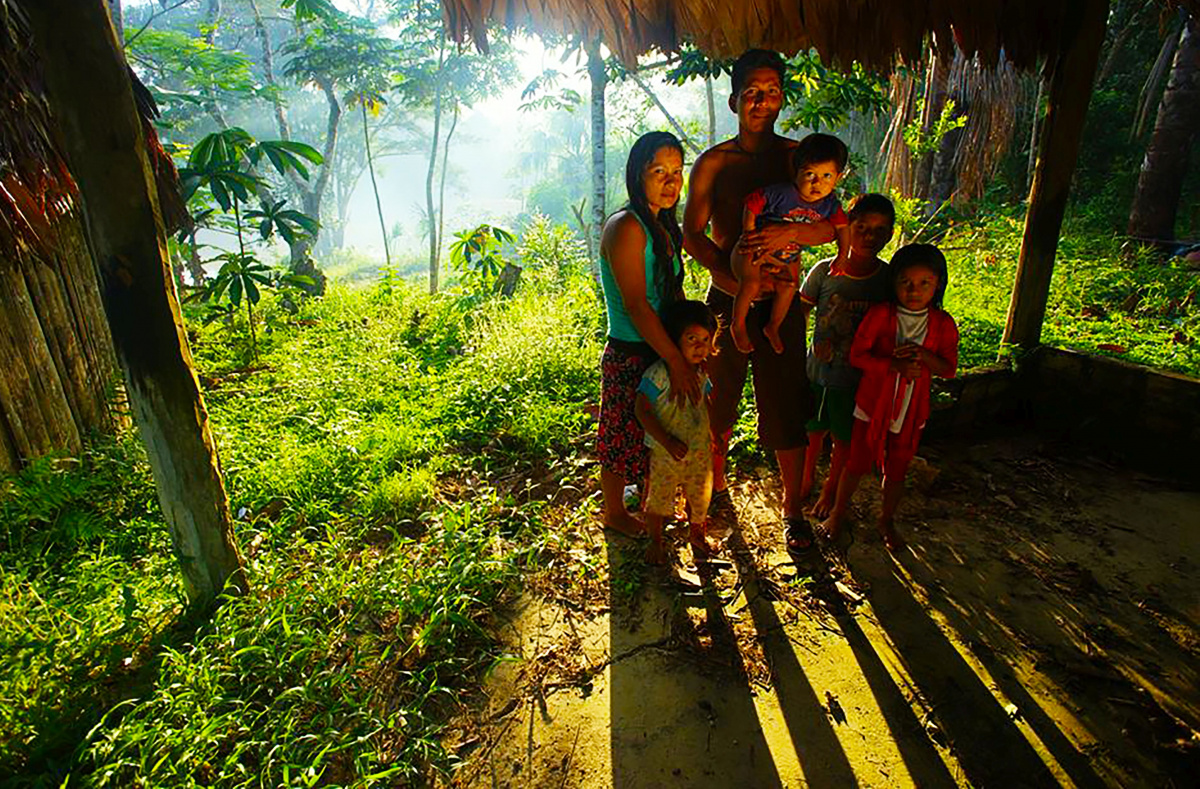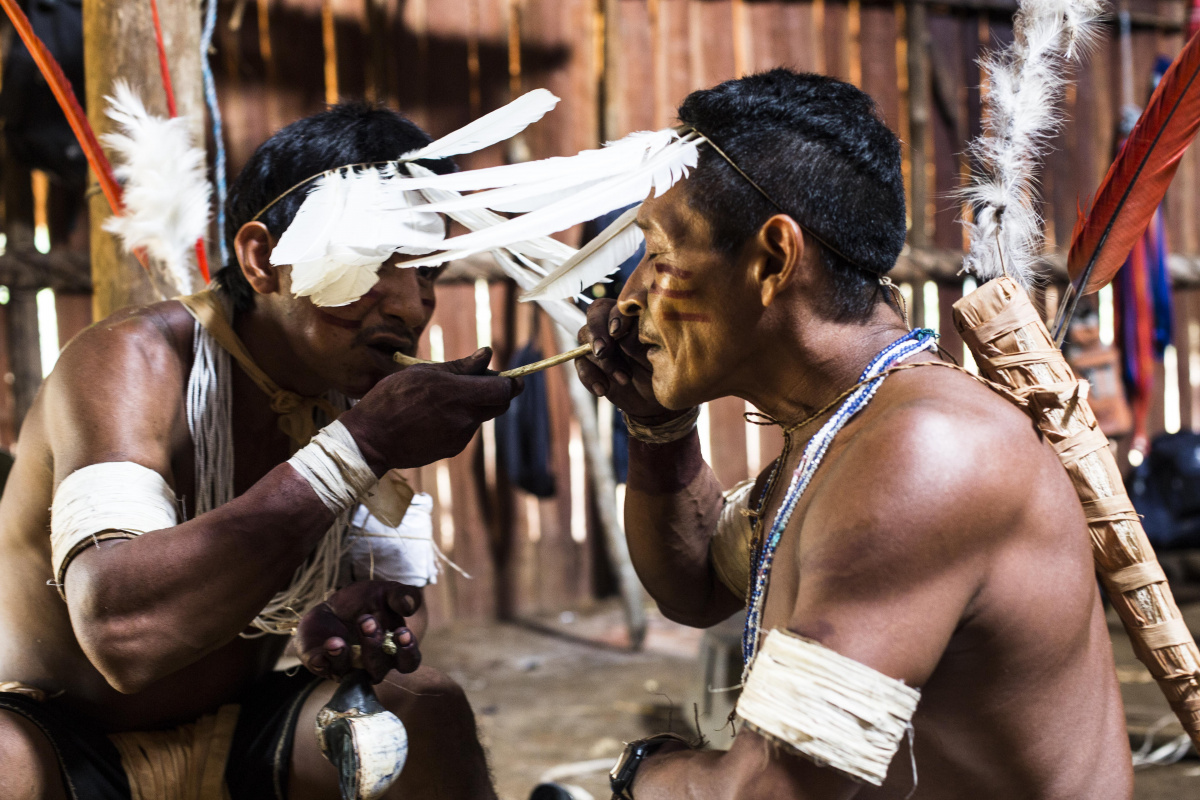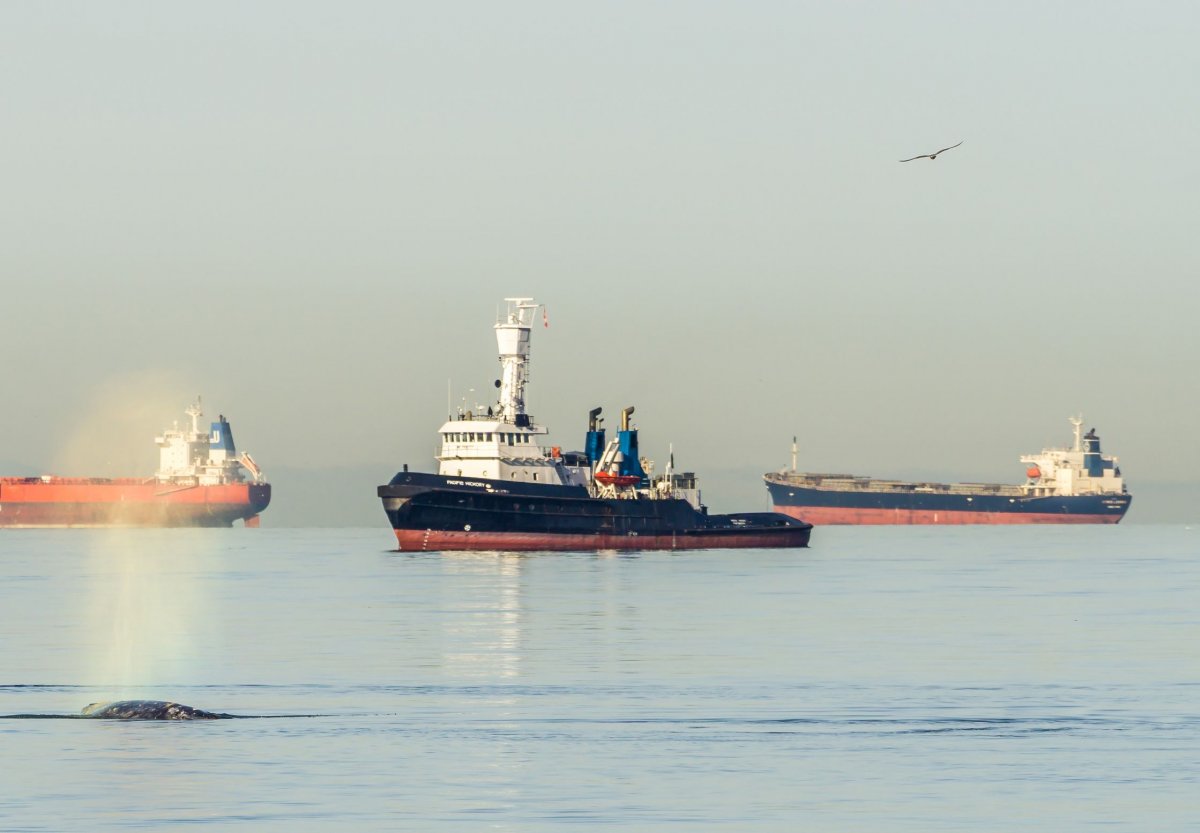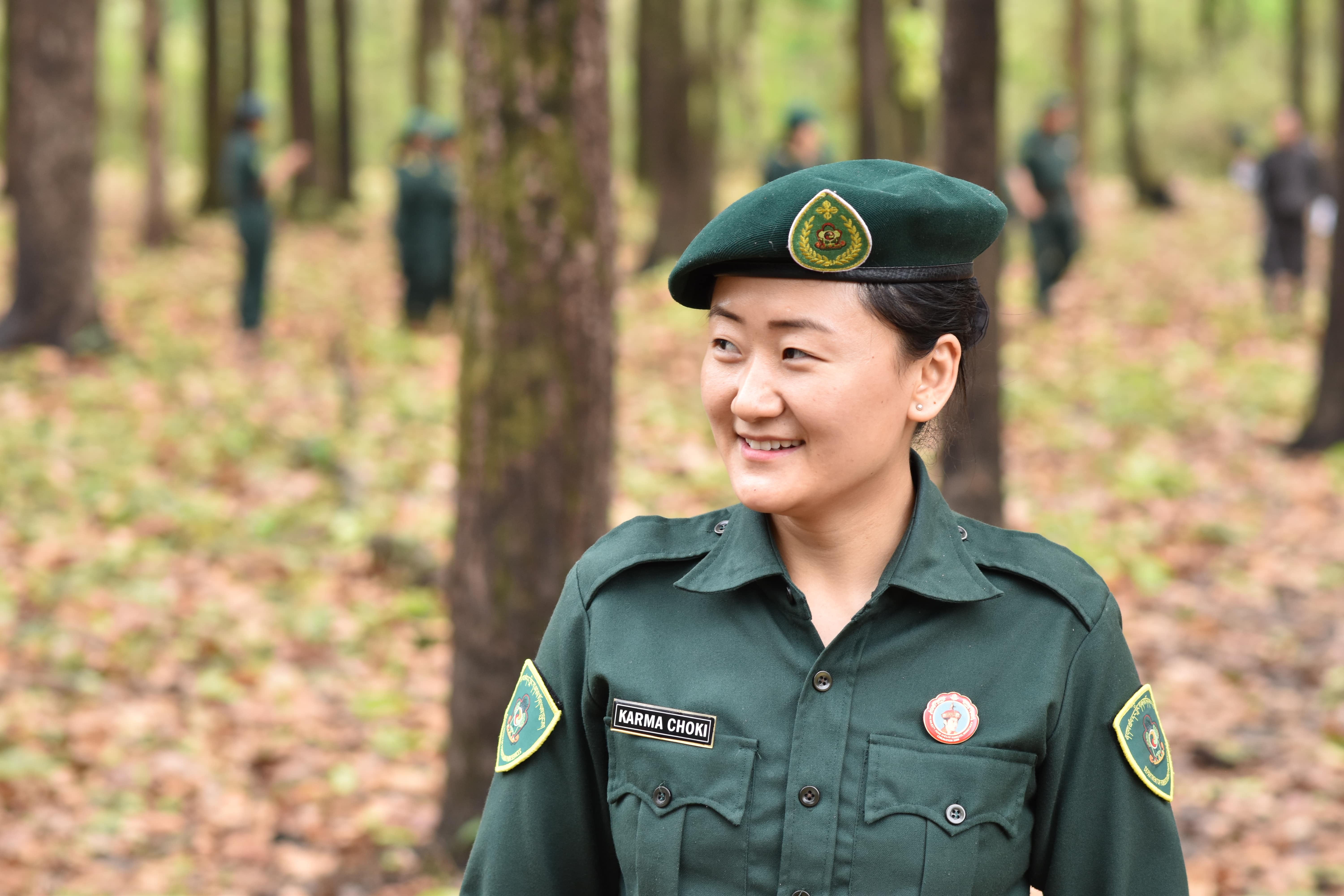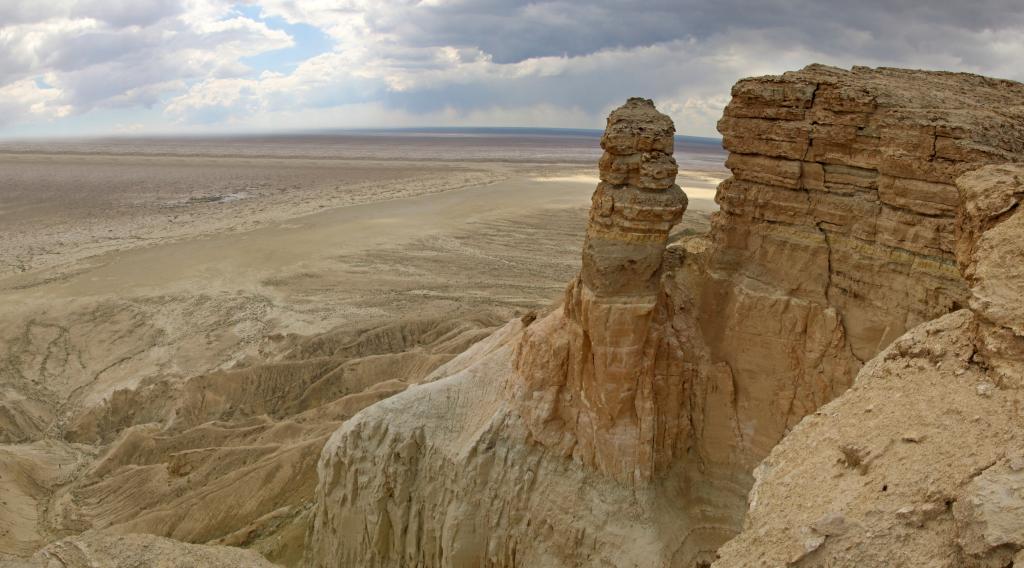New IUCN publication shows how protecting nature supports human development
Protected and conserved areas always contribute to the conservation of nature – but additionally, they are valuable for human livelihoods, health and well-being, through the services that healthy ecosystems provide. In many cases, the reason for their existence is precisely because they are so valuable to people. Well-governed and well-managed protected areas are among the most effective tools for maintaining ecosystems – such as forests, natural grasslands, coastal areas and freshwater wetlands – and their associated ecosystem services.
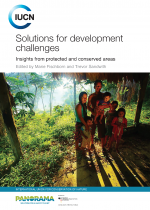 Solutions for development challenges: insights from protected and conserved areas
Photo: IUCN
Solutions for development challenges: insights from protected and conserved areas
Photo: IUCN
The key finding of the report confirms that protected areas are already contributing to all of the SDGs, strengthening their relevance and providing additional arguments for further expansion of protected areas in national and global conservation and development strategies.
Understandably, Life on Land (SDG 15) and Life below Water (SDG 14) were among the SDGs to which the solutions contributed most frequently, given that the core objective of formal protected areas – such as national parks – is to conserve nature on land and in the oceans, while conserved areas – such as Indigenous Peoples’ territories – achieve conservation outcomes without formally being set up for that purpose.
SDG 13 on Climate Action also featured very strongly, underlining that well-managed ecosystems play a key role in helping people adapt to the impacts of climate change, while storing carbon.
Perhaps more surprisingly, the solutions also show the critical role that protected areas play in terms of achieving social and economic objectives: . SDG 17 (Partnership for the Goals), SDG 8 (Decent Work and Economic Growth), and SDG 1(No Poverty) also featured amongst the frontrunners, in terms of the solutions contributing to their achievement.
A theme that emerges throughout this summary of PANORAMA solutions is that getting conservation right means first getting the contextual governance, social and economic issues right. The solutions also illustrate the importance of working closely with local communities to find mutually satisfactory options for management of protected areas if there is a reasonable chance of success, such as a “solution” outcome.
PANORAMA includes what is currently the world’s most extensive case-study portfolio of successful approaches for the conservation of biodiversity, in addition to human development outcomes. The report was launched during the recent IUCN World Conservation Congress in Marseille, France. It is the first major effort of synthesising key insights from across a large number of PANORAMA solutions.
Downloads:
